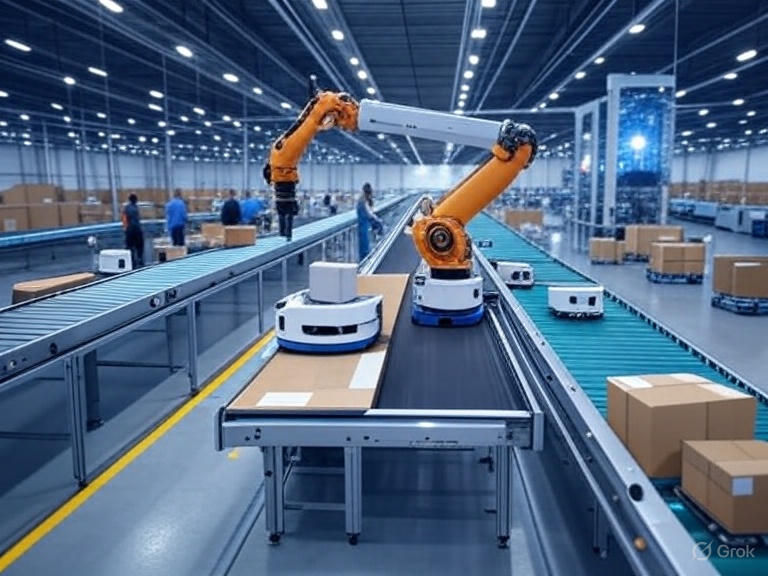Exploring the Future: Top Trends in Managed File Transfer (MFT) for 2024
- David Heath
- Feb 15
- 3 min read
Updated: Feb 16

Driven by demands for more secure, efficient, and flexible data management strategies, the landscape of MFT is rapidly changing as 2024 gets underway. The evolution is spurred by the increasing complexity of the digital ecosystems, volume of data exchanges, and particularly stringent regulatory requirements. Below, we look in detail at five key trends driving the future of MFT and flag one bonus trend that might make an enormous difference to the way organizations approach data exchange.
1. Cloud-Native and Hybrid Deployments
The Shift to the Cloud: Digital infrastructure continues to move to the cloud, with MFT technologies following suit. There is an increasing demand for cloud-native MFT solutions that can scale to handle growing data volumes, are flexible to adapt to changing business needs, and can integrate seamlessly with other cloud services.
The Hybrid Approach: While the cloud is very tempting, hybrid deployments-that mix on-premise and cloud components-are still a mainstay. This approach appeals to organizations which deal in sensitive data or are under strict compliance requirements, thus needing the security of on-premise solutions with scalability and flexibility of cloud services.
2. Enhanced Security and Compliance
Bolster Defenses: In a world where data breaches are becoming all too common, it becomes important to improve the security features in MFT solutions. Advanced encryption, robust access controls, and far-reaching DLP mechanisms have become de rigueur on most recent offerings as demands for security increase.
Following the Regulatory Landscape: In this decade, perhaps more than ever, working within the auspices and with full compliance to regulatory frameworks such as the General Data Protection Regulation (GDPR) and the Health Insurance Portability and Accountability Act (HIPAA) is paramount. "MFT vendors continue to enhance their platforms by adding auditing, data management, and reporting capabilities to facilitate compliance."
3. Integration of Automation and AI
Smoothening Operations: Automation is going to alter the way file transfers were previously made by an organization by minimizing human intervention and thus decreasing the risks of errors associated with it. RPA integrated with artificial intelligence has made routine tasks, such as routing and validation, automated and hence more efficient and reliable.
AI for Security: AI in Anomaly Detection and Threat Analysis is the quantum leap in securing file transfers. Identifying patterns that are out of the ordinary, identifying potential threats, AI assures enhanced security and compliance posture.
4. User Experience and Collaboration
Improvement of User Adoption: Success for any implementation involving the use of technology is partly determined by user adoption. MFT solutions now focus on how to introduce user-friendly interfaces with intuitive workflows that enhance user experience, consequently increasing productivity by reducing the need for training.
Enabling Collaboration: Security file sharing and collaboration through commenting is fast-becoming essential features of any MFT platform. These capabilities power active teamwork and assure speedy document exchanges; a necessity today in this fast-moving business world.
5. Rise of API-Driven Integrations
Unified ecosystems rely on APIs, the very foundation of modern software interoperability, to enable MFT solutions to easily integrate with a wide variety of business applications and platforms. API's integration capability is immensely crucial in automating complex workflows and improving visibility into organizational data flows.
Bonus Trend: Increased Focus on Supply Chain Security
Keeping the Supply Chain Secure: Data breaches stemming from third-party vendors have made supply chain security a hot potato. Today, enterprises want to know about securing file transfers not only within their internal network but across their value chain. MFT solutions respond to this demand by adding facilities in tracking, managing, and securing data transferred with partners and vendors, guaranteeing end-to-end data integrity and compliance.
Conclusion
These emerging trends in managed file transfer mark the ever-changing challenges and opportunities in data management throughout 2024. Therefore, each organization should closely look at these changes in position through the selection of MFT solutions for present needs and those positioned to adapt to future needs. By focusing on security, compliance, efficiency, and interoperability, organizations using MFT are assuring protection for critical data assets and optimizing operational work processes to maintain a competitive edge in today's digital world.
By David Heath







Comments